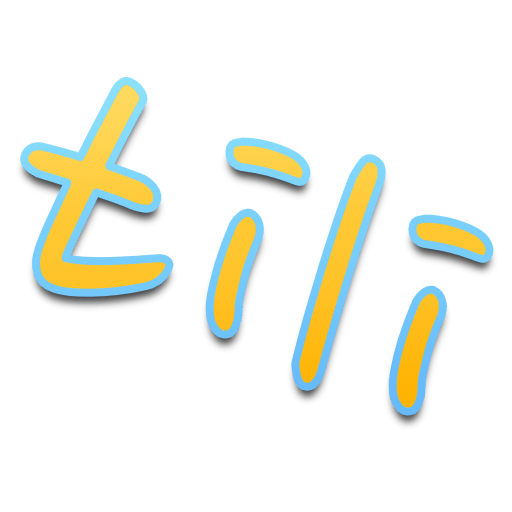Past continuous tense (naq ótken shaq) of the Kazakh language
The past continuous tense of the Kazakh language in contrast to the simple past reliable tense (jedel ótken shaq) is used when the action took place in the past and was of a continuous nature. The majority of Kazakh verbs in the past continuous tense have a complex form, which is formed using auxiliary verbs.
- Examples in the past continuous tense
- Denying in the past continuous tense
- Interrogative form of the past continuous tense
Examples in the past continuous tense
The past continuous tense of the Kazakh language (naq ótken shaq) is formed by attaching to the base of auxiliary verbs (otyrý — to sit, *jatý — to lie, turý — to stand, júrý — to walk) affixes -dy/-di, -ty/-ti. Then one of the personal affixes -m/-ń, -ńyz/-ńiz, -q/-k, -ńdar/-ńder, -ńyzdar/-ńizder is added. The choice of affix depends on the person and number of the verb, as well as on the hardness or softness of the last syllable of the verb. A notional verb takes the form of an adverbial participle by adding one of the affixes -yp/-ip/-p to its root . *When conjugating the verb jatý, the form of the jatyr is taken for its root.
| Person | Number |
|---|---|
| 1st | Single |
| Men oqy-p otyr-dy-m. | I sat and read. (I sat reading.) |
| Plural | |
| Biz oqy-p otyr-dy-q. | We sat and read. (We sat reading.) |
| 2nd | Single |
| Sen oqy-p otyr-dy-ń. Siz oqy-p otyr-dy–ńyz. | You sat and read. (You sat reading.) You sat and read. (You were sitting reading.) |
| Plural | |
| Sender oqy-p otyr-dy-ńdar. Sizder oqy-p otyr-dy-ńyzdar. | You sat and read. (You were sitting reading.) You sat and read. (You were sitting reading.) |
| 3rd | Single |
| Ol oqy-p otyr-dy. | He/She sat and read. (He/She sat reading.) |
| Plural | |
| Olar oqy-p otyr-dy. | They sat and read. (They sat reading.) |
You can read more about how to use auxiliary verbs.
Denying in the past continuous tense
The denying of the past continuous tense of the Kazakh language is formed by adding to the base of auxiliary verbs (otyrý — to sit, jatý — to lie, turý — to stand, júrý — to walk) suffixes -ma/-me and affixes of the past tense -dy/-di, -ty/-ti. And at the end of the sentence, the personal ending of the past tense -m/-ń, -ńyz/-ńiz, -q/-k, -ńdar/-ńder, -ńyzdar/-ńizder.
| Person | Number |
|---|---|
| 1st | Single |
| Men aıt-yp otyr-ma-dy-m. Men oqy-p, júr-me-di-m. | I was not speaking. I was not studying. |
| Plural | |
| Biz aıt-yp otyr-ma-dy-q. Biz oqy-p, júr-me-di-k. | We weren’t speaking. We weren’t studying. |
| 2nd | Single |
| Sen aıt-yp otyr-ma-dy-ń. Siz aıt-yp otyr-ma-dy-ńyz. Sen oqy-p, júr-me-di-ń. Siz oqy-p, júr-me-di-ńiz. | You weren’t speaking. You weren’t speaking. You weren’t studying. You weren’t studying. |
| Plural | |
| Sender aıt-yp otyr-ma-dy-ńdar. Sizder aıt-yp otyr-ma-dy-ńyzdar. Sender oqy-p júr-me-di-ńder. Sizder oqy-p júr-me-di-ńizder. | You weren’t speaking. You weren’t speaking. You weren’t studying. You weren’t studying. |
| 3rd | Single |
| Ol aıt-yp otyr-ma-dy. Ol oqy-p, júr-me-di. | She was not speaking. He was not studying. |
| Plural | |
| Olar aıt-yp otyr-ma-dy. Olar oqy-p, júr-me-di. | They weren’t speaking. They weren’t studying. |
Interrogative form of the past continuous tense
Questions in the past continuous tense are formed using the particles -ma/-me, -ba/-be, -pa/-pe and interrogative words.
| Keshe ǵalomtorda oqyp otyrmadyń ba? | Weren’t you reading yesterday on the Internet? |
| Siz jınalysta sóılesip jatyrdyńyz ba? | Were you speaking at the meeting? |
| Balalardy qarap otyrmadyńdar ma? | Weren’t you looking after the children? |
| Olar uıyqtap jatyrdyńdar ma? | They were sleeping? |
| Sen mektepte oqyp júrdiń me? | Were you going to school? |
| Balalar nan ákelip júrdi me? | Were the kids carrying bread? |
| Biz ekara kórip otyrdyq pa? | Were we seeing him? |
| БBiz onymen sóılesip turdyq pa? | Were we talking to her? |
| Biz úıdiń ishin únsiz jınastyryp júrdik pe? | Were we silently cleaning the house? |
| Sender ne istep otyrdyńdar? | What were you doing? |
| Ashanada kim bolyp jatyrdy? | Who was being in the kitchen? |
| Olarmen qaı jerde serýendep jatyrdy? | Where was he walking with them? |
The present continuous tense in a complex form (naq osy shaq) is constructed in a similar way, but affixes of the present tense join auxiliary verbs.



